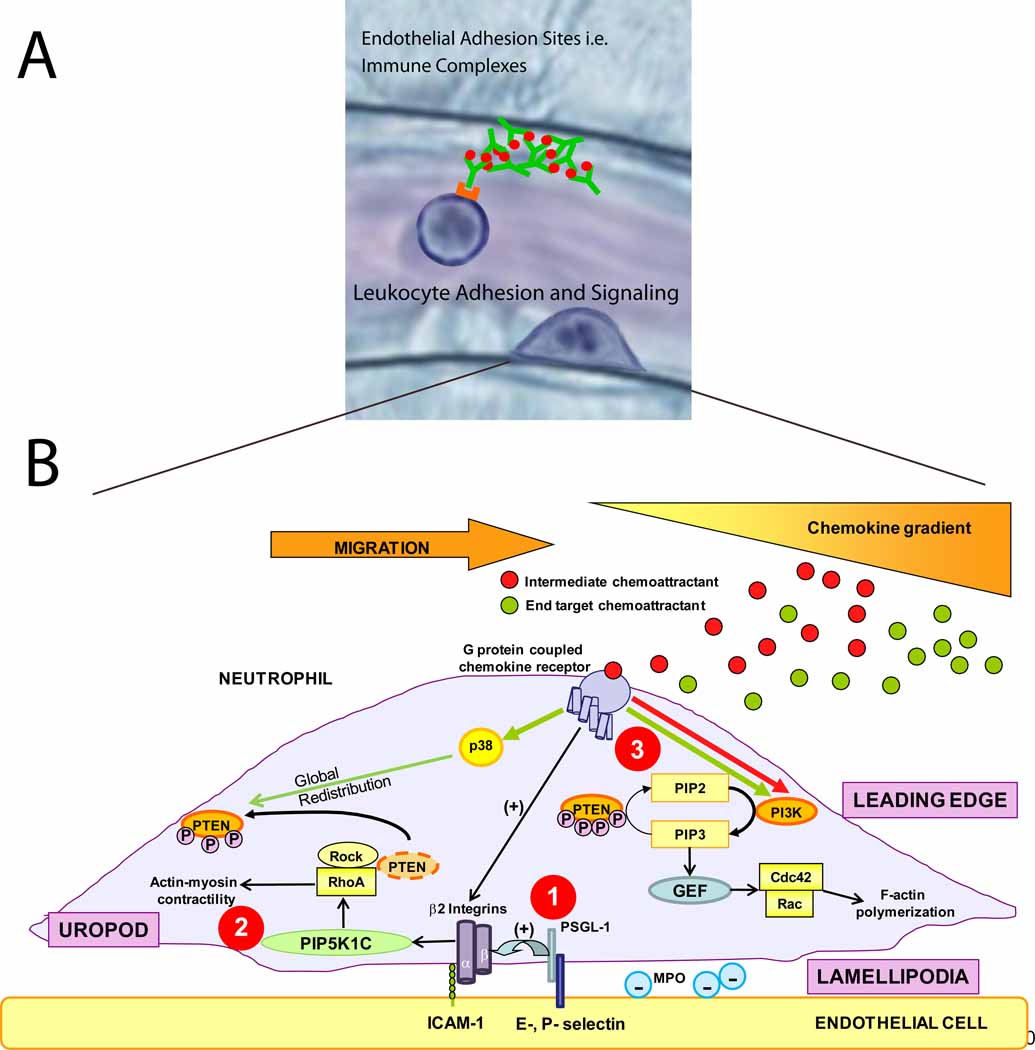Figure 2. How neutrophils get in the groove.
a) Recent studies have identified new adhesion molecules involved in neutrophil recruitment. Immune complexes bound to the endothelium can support neutrophil capture and rolling via interaction with neutrophil Fcγ receptors [15]. The procession of leukocytes from rolling to firm adhesion, crawling, and finally transmigration is mediated by a number of intracellular signaling events within the leukocyte. b) There are many signaling pathways involved in neutrophil adhesion, polarization and directed transendothelial migration. 1) PSGL-1 and chemokine receptor engagement both trigger β2 integrin activation. 2) The engagement of these integrins with their counter-receptors in endothelial cells (ICAM-1) promotes neutrophil polarization through rapid vesicular trafficking of PIP5K1C kinase to the uropod, which enables activation of RhoA specifically in the uropod [23]. 3) In addition to activating β2 integrins, engagement of G-protein coupled chemokine receptors activate various cell signaling pathways. In the case where both intermediate and end target chemoattractants are present, neutrophils are able to prioritize end target attractants over intermediary attractants [19,46].

